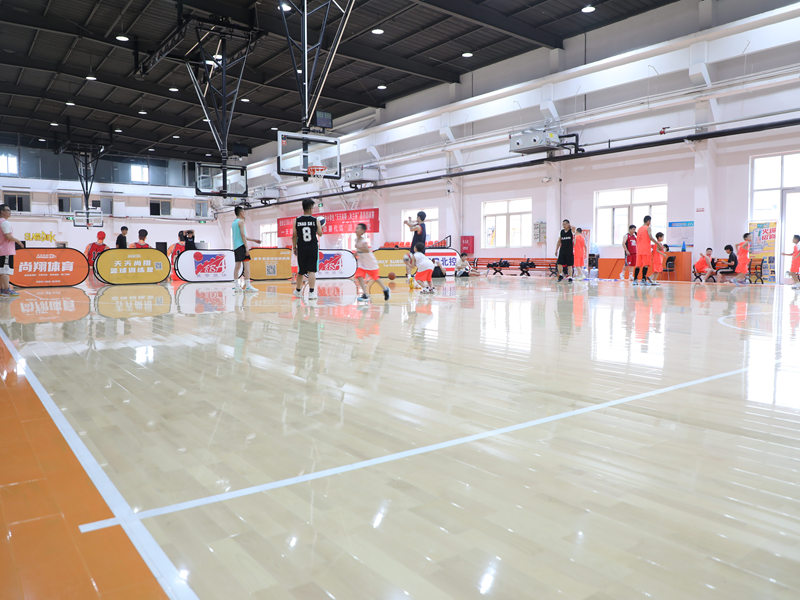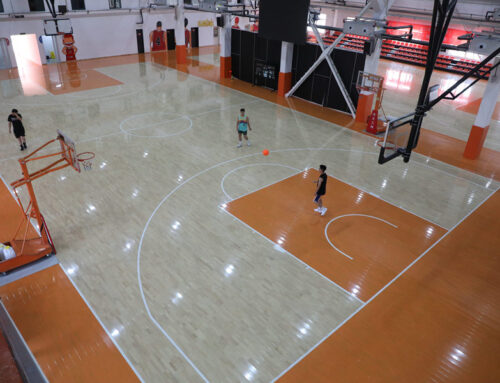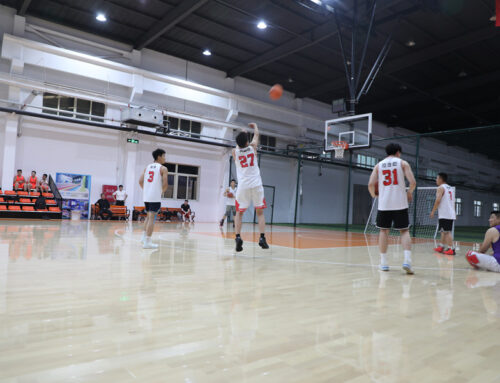Alright folks, today I’m gonna lay out how I finally tackled that backyard basketball court project – the shock-absorbing kind using hard maple planks. Man, it was a journey!

Getting Fed Up and Starting
Honestly? I was just sick of seeing that cracked old concrete slab staring back at me every Sunday. My knees were screaming after every pickup game. Something had to change. So, like always, I dove into figuring out how to make a court that wouldn’t punish your joints so much.
Digging for Answers & Spending Cash
Started poking around online, looking at different floors people built in their driveways or yards. Kept seeing these fancy “shock-absorbent” systems mentioned. Sounded perfect, but kinda intimidating. Finally stumbled on this idea: thick hard maple planks (super tough, takes the bounce abuse) resting on these special rubbery pads. That’s the shock absorber part! Found a decent supplier online after way too much scrolling. Ordered:
- A whole stack of pre-finished hard maple wood planks – heavy as hell when the pallet showed up. Real solid stuff.
- Big rolls of those shock pads, like squishy black matting.
- Wood adhesive, special outdoor wood screws, all that fixing jazz.
The Sweaty Groundwork
First step? Had to make absolutely sure that concrete slab underneath was clean and dead level. Like, really level. Grabbed a long straight edge and spent a sweaty afternoon checking it everywhere, marking any low spots with chalk. For anything bumpy, I got my hands dirty grinding it down. Had to scrub the whole thing clean too – no pebbles or dust allowed!
Once the slab was ready, I rolled out those big, heavy shock pad rolls side-by-side. Had to cut some bits with a box knife to fit around the edges. Taped the seams real tight with waterproof tape to keep ’em from shifting. Seeing the whole slab covered in this dark, squishy layer felt like progress!
Playing Real-Life Tetris with Maple
Now came the fun (and slightly annoying) part: the maple. Laid out the first row of planks right along the edge I’d chosen as my straight guide. Left just a tiny gap against the wall for expansion, you know how wood breathes with weather? Used these plastic spacers to keep it even. Spent ages getting this first row absolutely straight – everything else depends on it! Used heavy things to hold them down while I worked.
Applied thick lines of that strong outdoor wood glue onto the plank’s groove side for the next row. Lifted the next plank, kinda angled it, and shoved it down HARD into the first row’s groove. Heard that good ‘thwack’ sound. Then, I hammered ’em together even tighter with a rubber mallet and a tapping block. Had to pull some back off because the glue squeezed out too much – messy! Kept checking with the level every few rows. My back was not happy.
Every few rows, I stopped putting glue and instead cranked long screws down right through the face of the plank near the edge and deep into the pad and concrete below. Felt solid doing that, but man, it slowed things down. My cordless drill ran out of juice twice!
Dealing with the Annoying Bits
Corners and the last row were the absolute worst. Had to measure each plank sideways for the last run, scribe the weird shape needed to fit the gap and wall curve, then painstakingly cut it with my circular saw. Ended up with some funky-looking scraps. Getting that last row hammered and glued in place felt like wrestling an alligator. Used every clamp I owned.
It’s Finally Done (And Awesome!)
Took the whole weekend plus a couple evenings, but wow. Stepped back after pulling out the spacers and cleaning up all the glue smears. That beautiful maple surface felt smooth and looked amazing. The real test? Bounced the ball. It popped back up nice and true. Then I jumped on it. That soft little give? The shock pads working! No more feeling the hard concrete punch up into my bones. Played a quick game the next day and my legs thanked me. Totally worth the sweat and the splinters.





